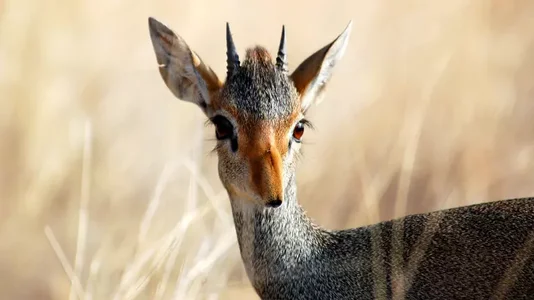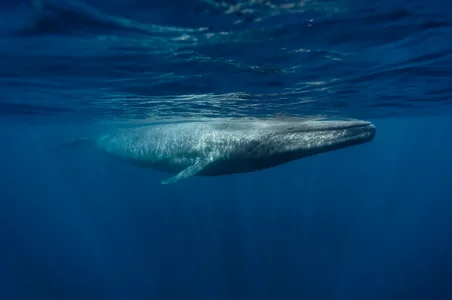In a protected forest of eastern Australia, one of the country's "rarest mammals" wandered past a trail camera, its pouch bulging slightly from the baby tucked inside. Conservationists later looked at the photos and immediately recognized them as a "major" conservation milestone.

phys.org






